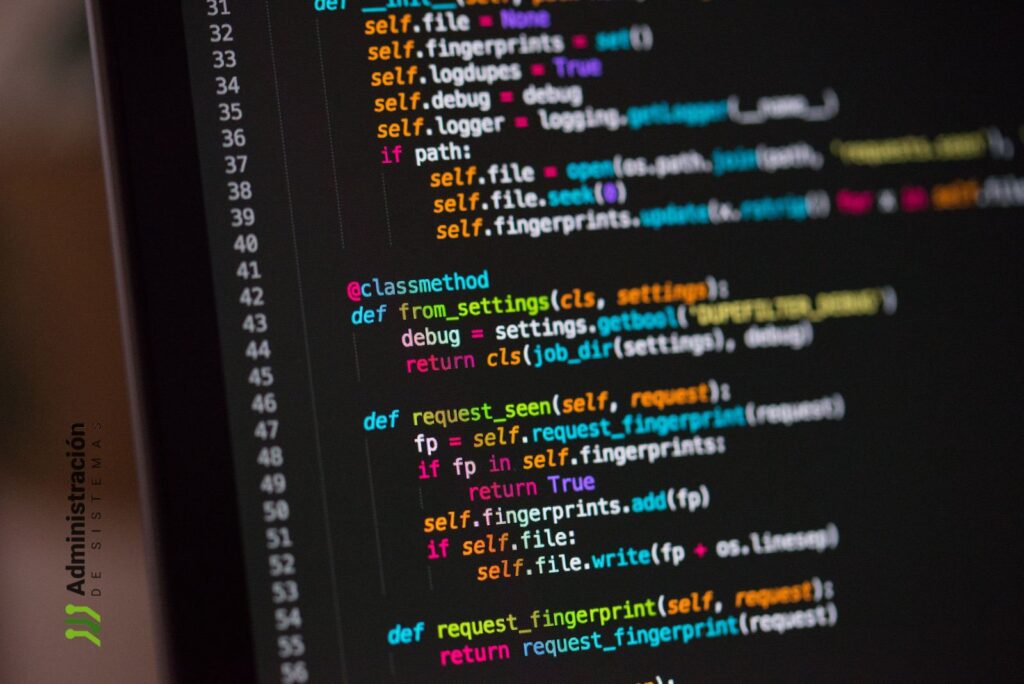Rust, the programming language renowned for security and reliability, has been steadily gaining traction. This month, it ranks 13th on the TIOBE Index, a notable leap from its 18th position a year ago.
This sharp rise raises an important question: Why is Rust experiencing a surge in popularity now? The language has been around for years, but what factors are driving its momentum in the mid-2020s?
This article explores why Rust is gaining traction, what makes it stand out, and its potential impact on the programming world.
Rust: A Language Built for Security and Performance
Rust is an open-source programming language designed to enhance security, minimize common coding errors, and optimize performance. Here are some of its key features:
| Feature | Description |
|---|---|
| Ownership Transfer | Prevents dangling pointers, a vulnerability that hackers often exploit. |
| Variable Validation | Reduces the risk of security flaws caused by improper variable handling. |
| Ownership-Based Concurrency | Manages thread interactions effectively, reducing memory-related errors. |
Rust was initially a hobby project by a Mozilla developer in 2006. By 2009, Mozilla had assigned engineers to work on Rust, and the first public release came in 2012. Since then, Rust has evolved into a widely respected language, particularly for projects prioritizing safety and efficiency.
Rust’s Rise in the TIOBE Index
The TIOBE Index ranks programming languages based on their popularity among developers, availability of courses, and mentions across major platforms. In 2025, Rust has achieved its highest position ever, showing strong adoption trends.
| Programming Language | February 2025 Rank | February 2024 Rank | Change |
|---|---|---|---|
| Python | 1 | 1 | 0 |
| C++ | 2 | 3 | +1 |
| Java | 3 | 4 | +1 |
| C | 4 | 2 | -2 |
| C# | 5 | 5 | 0 |
| JavaScript | 6 | 6 | 0 |
| SQL | 7 | 7 | 0 |
| Go | 8 | 8 | 0 |
| Delphi/Object Pascal | 9 | 12 | +3 |
| Visual Basic | 10 | 9 | -1 |
| Fortran | 11 | 11 | 0 |
| Scratch | 12 | 15 | +3 |
| Rust | 13 | 18 | +5 |
| PHP | 14 | 10 | -4 |
| R | 15 | 21 | +6 |
Rust has outpaced PHP, which fell to 14th place, and continues climbing towards the Top 10—a milestone that once seemed out of reach.
Why Is Rust Gaining Popularity?
Several factors explain Rust’s growing adoption:
- Increased Focus on Cybersecurity
With rising cyber threats, companies are searching for secure coding solutions. Rust helps prevent common vulnerabilities like buffer overflows and memory mismanagement, issues often seen in C and C++. - Better Developer Experience
Rust offers a modern syntax and built-in error-handling tools, making coding more intuitive and efficient. - Changing Industry Trends
Major tech companies are experimenting with Rust for embedded systems, high-performance applications, and web development. - Dissatisfaction with Traditional Languages
Many developers find C cumbersome, Java slow, and JavaScript limited. Rust presents a cleaner, more modern alternative.
Will Rust Break Into the Top 10?
Despite its popularity, Rust still faces adoption challenges. While many developers admire Rust, it is not yet widely used in large-scale enterprise projects. However, if current trends continue, Rust could enter the Top 10 in the coming years.
With its emphasis on security, reliability, and performance, Rust has positioned itself as a next-generation programming language. Now, the challenge is to expand its adoption and prove its long-term viability in software development.

